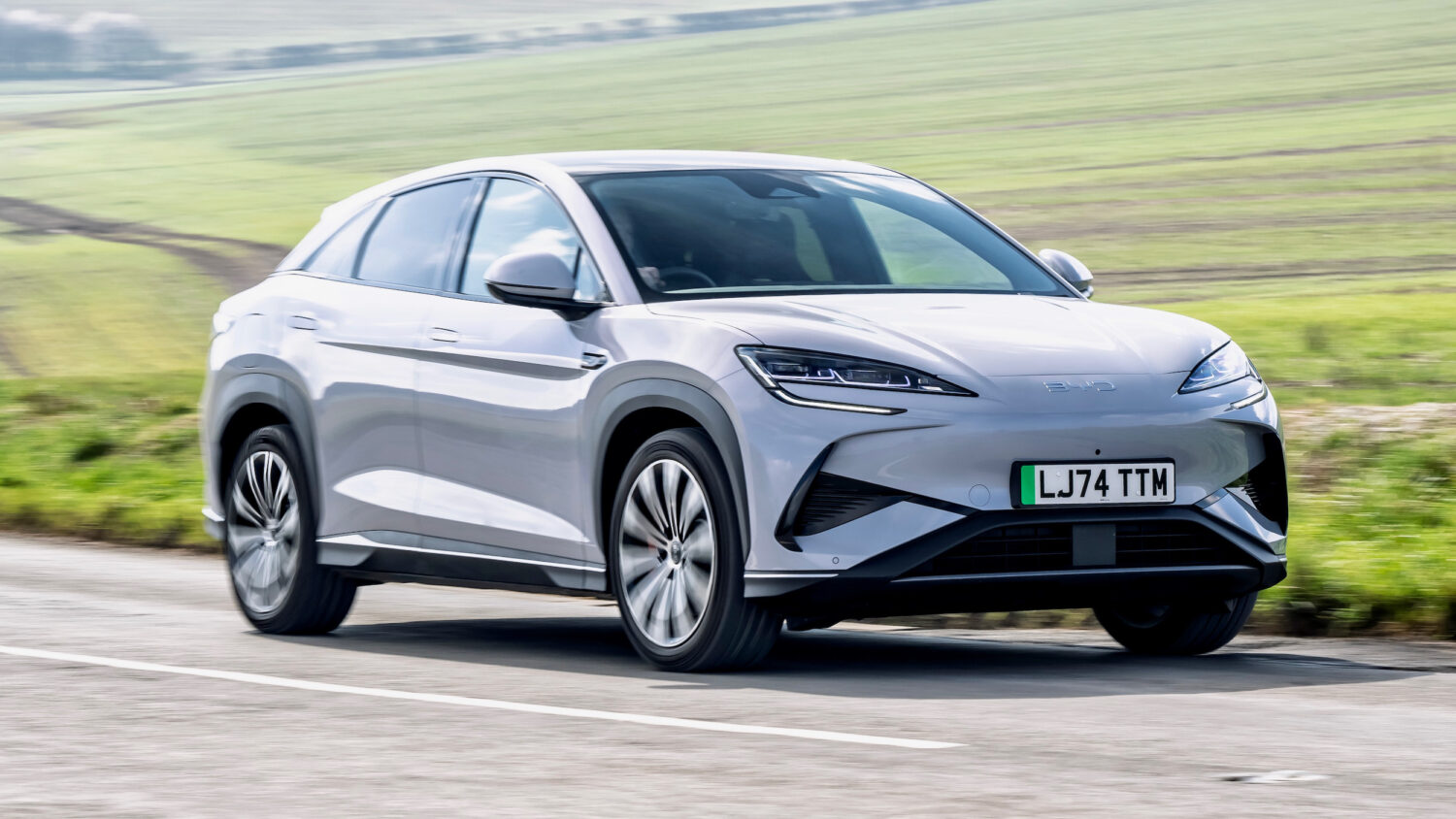The Nissan X-Trail e-Power, no need to charge this one
When the newest fourth-generation car in Tekna trim was delivered, my first thoughts were just how girthy it is, but when looking at the figures, it isn’t much wider than a new Nissan Juke. It’s just under 4.7m in length, which means it’s slightly shorter than a new Range Rover Velar. This car was also equipped with the poshly named ‘Champagne Silver with Black Metallic Roof’ £1,095 two-tone paintwork.
The X-Trail is a good-looking car, from those angry headlights to its chubby cheeks and front vent cutouts. Forget about the cheap interior of the older car. Nissan’s done a grand job of making the X-Trail feel and look upmarket without implementing too many massive infotainment screens or fiddly buttons.



Alongside the Qashqai SUV, this model also uses e-Power, Nissan’s solution to make this a self-charging electric vehicle, not a hybrid. The clever system uses a lithium-ion battery and electric motors. A 1.5-litre petrol engine seamlessly charges the batteries while the electric motors drive the wheels. There is no need to charge and fewer visits to refuel.
With my test car being the five-seat guise, it had 575 litres of storage in the boot – opt for the seven-seater, which drops to 485 litres. There are two false boot panels which lift out, allowing you to make use of a deeper boot, although in my test car, one of the panels was damaged from something rather heavy being sat on it.
When picking up my sister-in-law and her partner from the train station near our town during my week with the X-Trail, her partner is around 5’11 and is quite the gym bunny; I couldn’t hear any swearing coming from the rear about shoulder, leg or headroom space. Up front, everything is simple. Buttons are aplenty: the rotating dial in the centre console makes switching from daily modes such as eco, normal and sport easy. All the materials felt quite swanky, and I couldn’t find too many scratchy plastics.


The X-Trail soaks up most rough potholes with ease; it’s quiet and composed around town and is a comfortable motorway cruiser, but two things bugged me: its economy and engine noise under acceleration.
You can run around purely on electric power, an option that I never really bothered engaging because you don’t get very far. Tied to the petrol engine, Nissan claims it will manage a combined 42.2mpg. Around town, my best was 35.3mpg, while longer journeys returned 40.6mpg, and on both occasions, the X-Trail awarded me with a five-star ‘Eco-drive report’ rating. While not awful, achieving those results was quite difficult. Perhaps the cold Scottish climate had an impact with heaters and such running.
210bhp is just enough and at no point did it feel slow, but when pressing on, the rough engine note shattered any cabin peacefulness. Overtaking is swift, and the 525Nm can catch passengers off-guard. 0-62mph arrives in 7.2 seconds should you ever need to dart off. If you plan on towing a caravan or a trailer, the X-Trail has a max braked trailer weight of 1,650kg.
Compared to its rivals and in many test environments, the X-Trail often emerges victorious or, at worst, a close second. There’s room for refinement, but this is also the case with some of its rivals.

Matthew MacConnell
Journalist
A motoring journalist from Central Scotland with a Diploma in Freelance and Feature Writing from the London School of Journalism, contributing to various online and print automotive publications. Matthew covers features, news and car reviews and enjoys the fast-paced environment of the motoring world with a strong coffee in hand. From a Honda Jazz to a Lamborghini Reventón there’s nothing off limits.
What the others say on YouTube
A selection of the latest video reviews of this car….Just click to watch on this page.
Recent Reviews
The latest cars, suvs and crossovers reviewed by our experienced journalists.
BYD’s new Sealion 7 coupe-SUV set for prime time
Today, as the market for full-electric SUVs grows ever bigger, broader and more bountiful, here’s BY…
Kia EV3 GT-Line S, has all you could want
Be excited about this eye-catching electric SUV. This top-of-the-range model, the Kia EV3 GT-Line S,…
Kia Niro PHEV, a safe, stylish, compact SUV
The Kia Niro, one of the South Korean brand’s constant best-selling cars, we enjoyed the PHEV …
Nissan Qashqai e-Power, still the best Peoples SUV
Electric cars just don’t suit everyone and never will Car Reviewed: Nissan Qashqai e-POWER 190…




